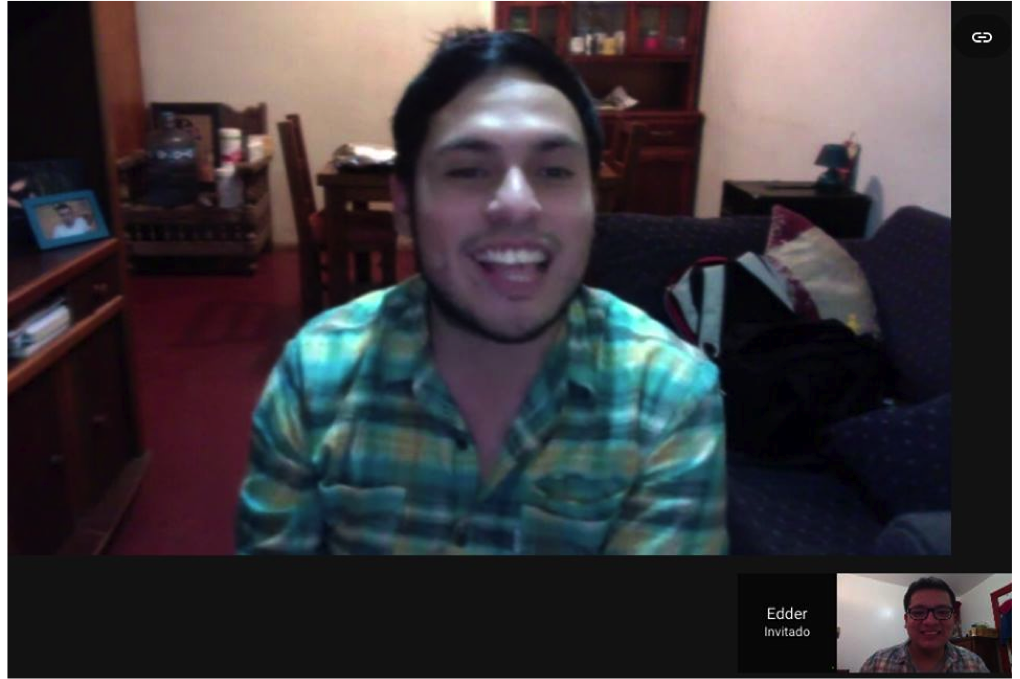NORA GOLDMAN
“This is not their space”: variation, power, and feminism on Twitter
Since Robin Lakoff (1973) theorized the existence of “women’s language”, several linguistic features have been presupposed to correlate with speaker gender. Among the features thought to characterize women’s language are politeness markers (Brown 1980; Herring 2000), absence of profanity (Jay 1999), more frequent hedging (Carli 1990), and a variety more closely approximating a prestige standard variety than men’s language (Gordon 1997). More recent research suggests that these features are not reflective of gender but of power distribution, which often favors men, arguing that what was presumed “women’s language” is rather the language of the disempowered and is not derived from the speaker’s static identity but is used to create and maintain a dynamic identity (Gal 2012; O’Barr & Atkins 1980). This study examines the relationship between linguistic features associated with powerlessness and participation in online feminist discourse. An intra-speaker variation study shows that women who actively participate in the feminist Twitter thread marked #yesallwomen use significantly fewer powerless linguistic features when contributing to the discourse on female empowerment as compared to their language outside of explicitly feminist topics. However, they use a style more closely resembling a prescriptivist standard, resulting in an uncensored confrontational stance that is legitimized by adherence to academic norms.
Day: September 6 Time: 6:30 pm – 8:00 pm Room: 7102



